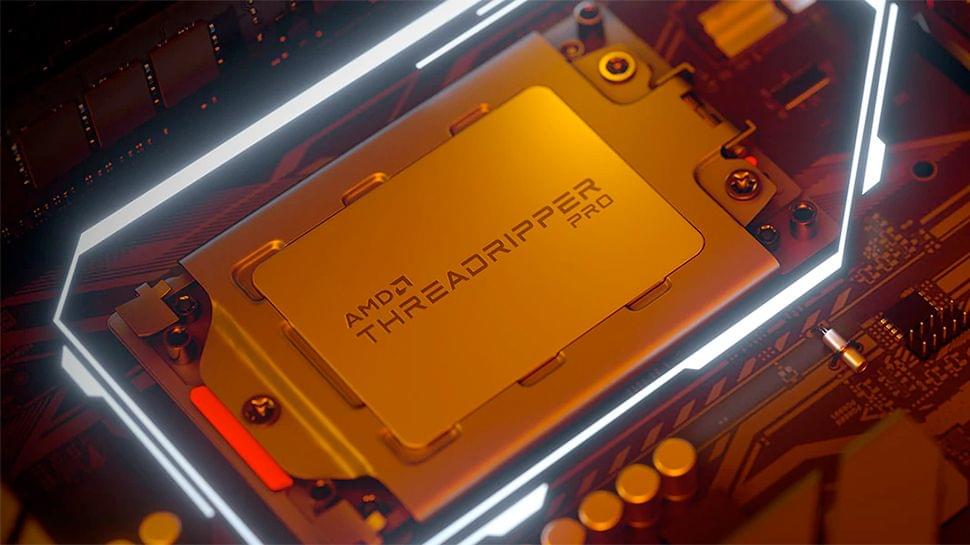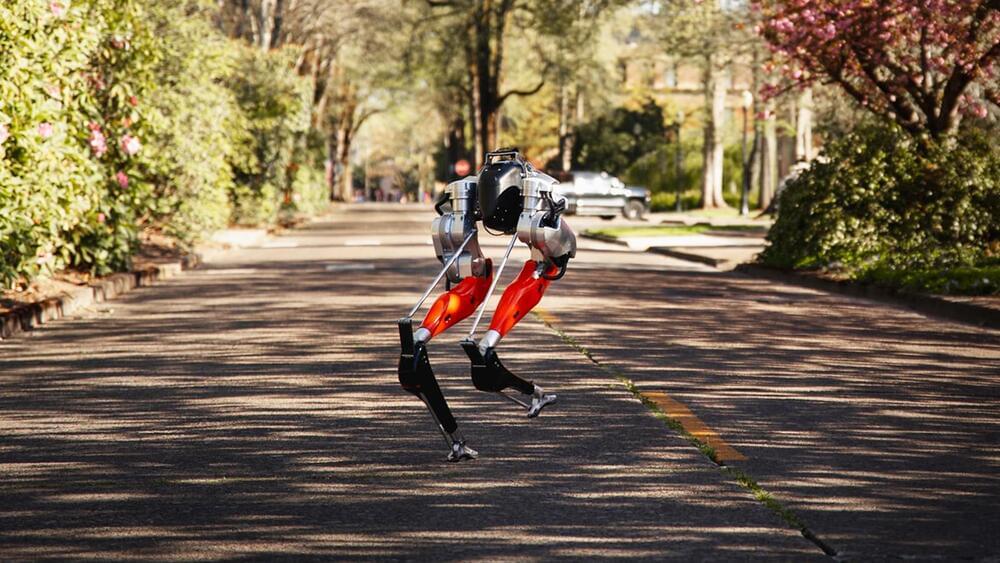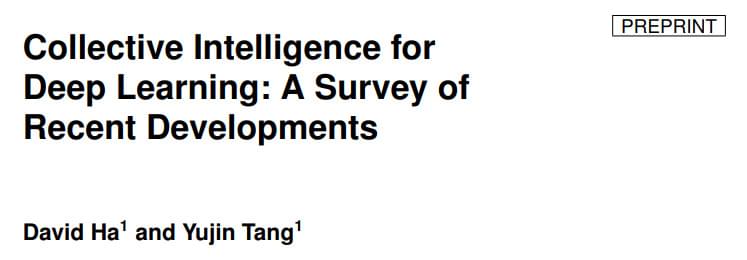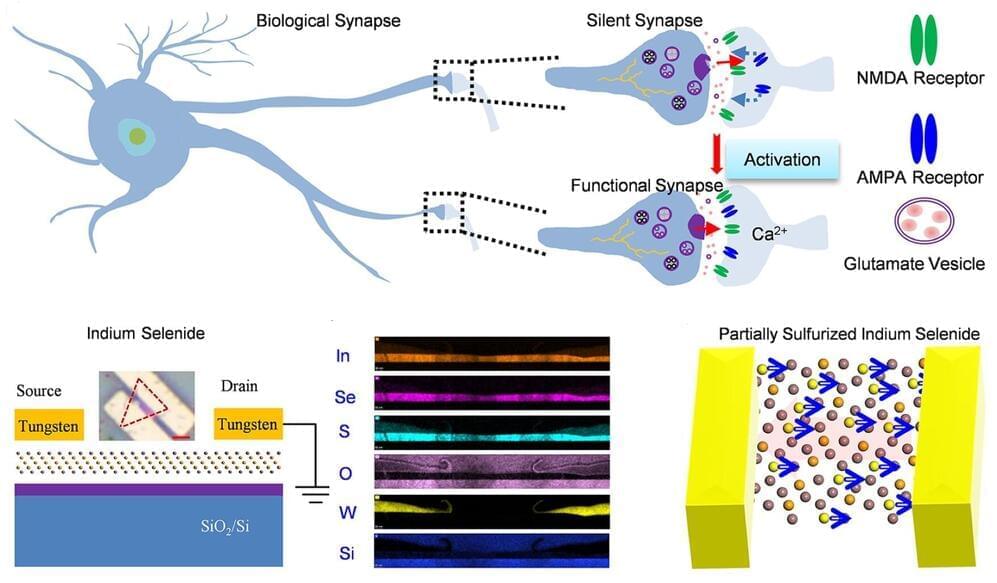Dec 24, 2021
Scientists just found life underneath Antarctica
Posted by Josh Seeherman in category: futurism
Scientists have discovered new cradle of life with several different species hidden underneath the ice shelf in Antarctica.
When you think of Antarctica, the first thing that comes to mind is most likely that it’s a frozen wasteland. Sure, there is some life in the Antarctic world. But for the most part, the land is mostly made up of a below-freezing environment. Now, though, scientists have uncovered new life underneath the ice shelf.
Don’t Miss: Amazon’s epic holiday deals are here and you won’t believe how good they are!
Continue reading “Scientists just found life underneath Antarctica” »

















